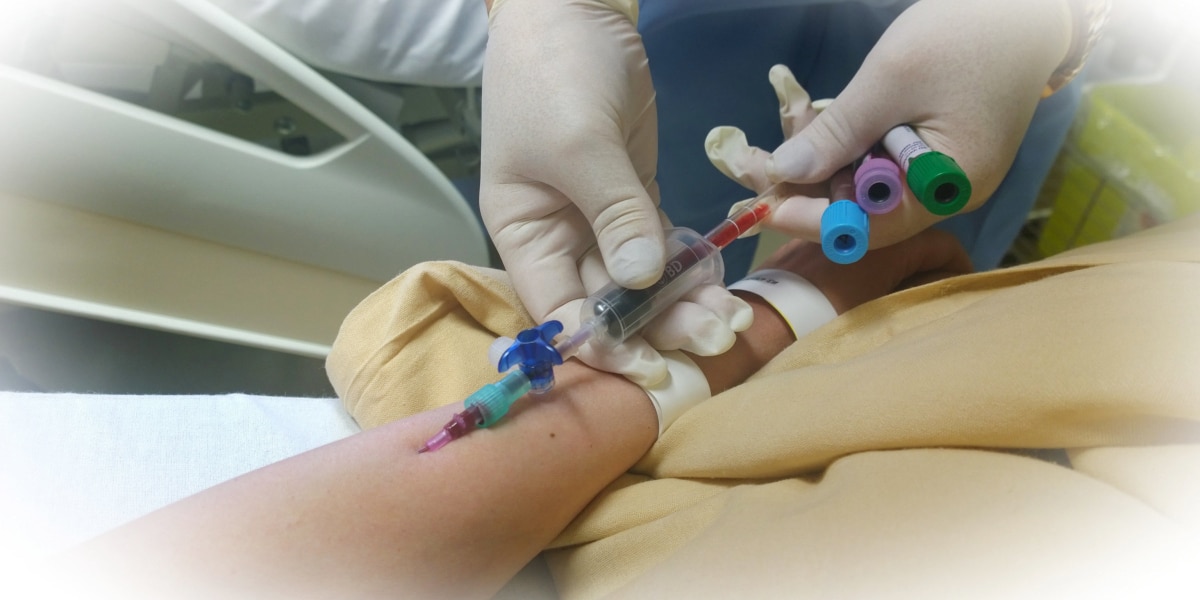Atrial Fibrillation Cheatsheet
Viewing Study Tools Requires a Membership
55% of NURSING.com users are visual learners, and 35% stop using their textbooks altogether.
This nursing cheatsheet will help you learn about atrial fibrillation (AFib), a common cardiac arrhythmia where multiple disorganized cells in the atria generate additional electrical impulses. This causes the atria to quiver rapidly (over 300 bpm), leading to ineffective contraction and pooling of blood, increasing the risk of stroke. The AV node blocks some impulses, resulting in rapid, irregular ventricular contractions.
Characteristic features of AFib include an irregular rhythm, no obvious P waves, and a wavy baseline on an EKG. Patient presentation may involve palpitations, fatigue, lightheadedness, or syncope. The management of AFib focuses on restoring normal sinus rhythm (NSR), controlling ventricular rate with medications like antiarrhythmics, beta blockers, and calcium channel blockers, and reducing stroke risk with anticoagulants like warfarin, rivaroxaban, or apixaban.
Patient education is crucial, emphasizing adherence to anticoagulant regimens and monitoring PT/INR levels.




